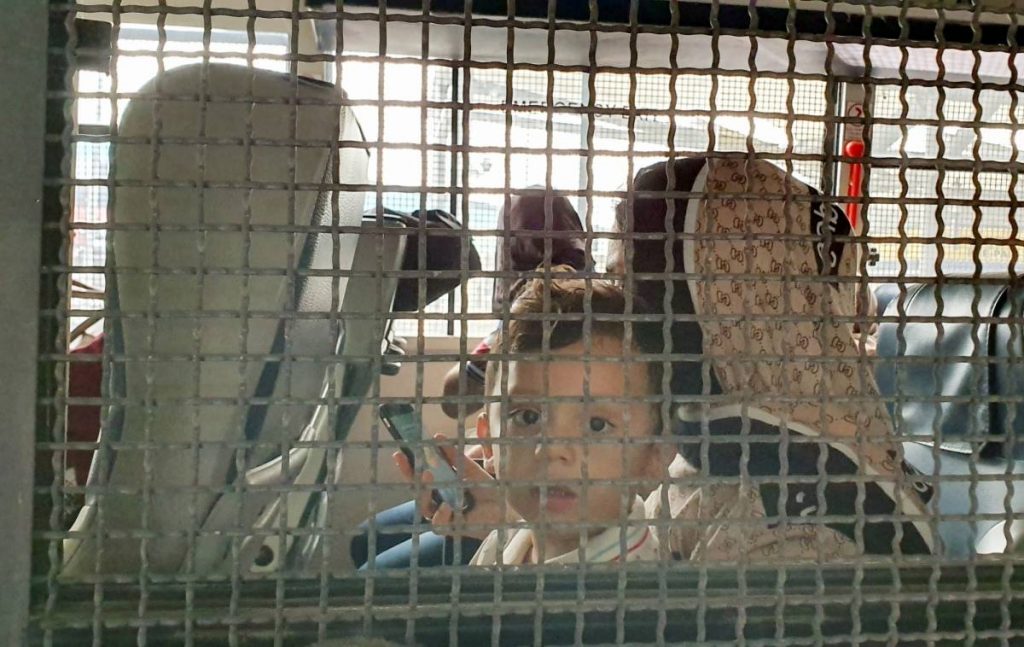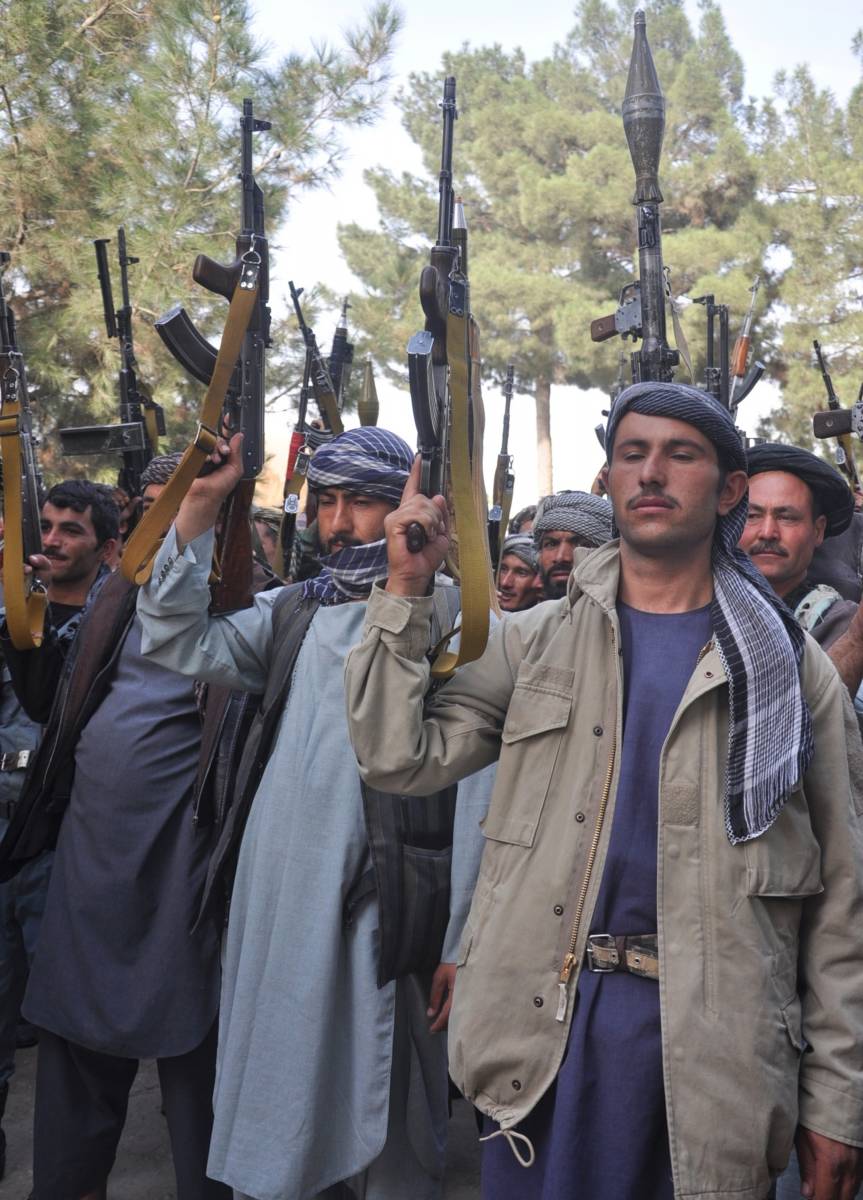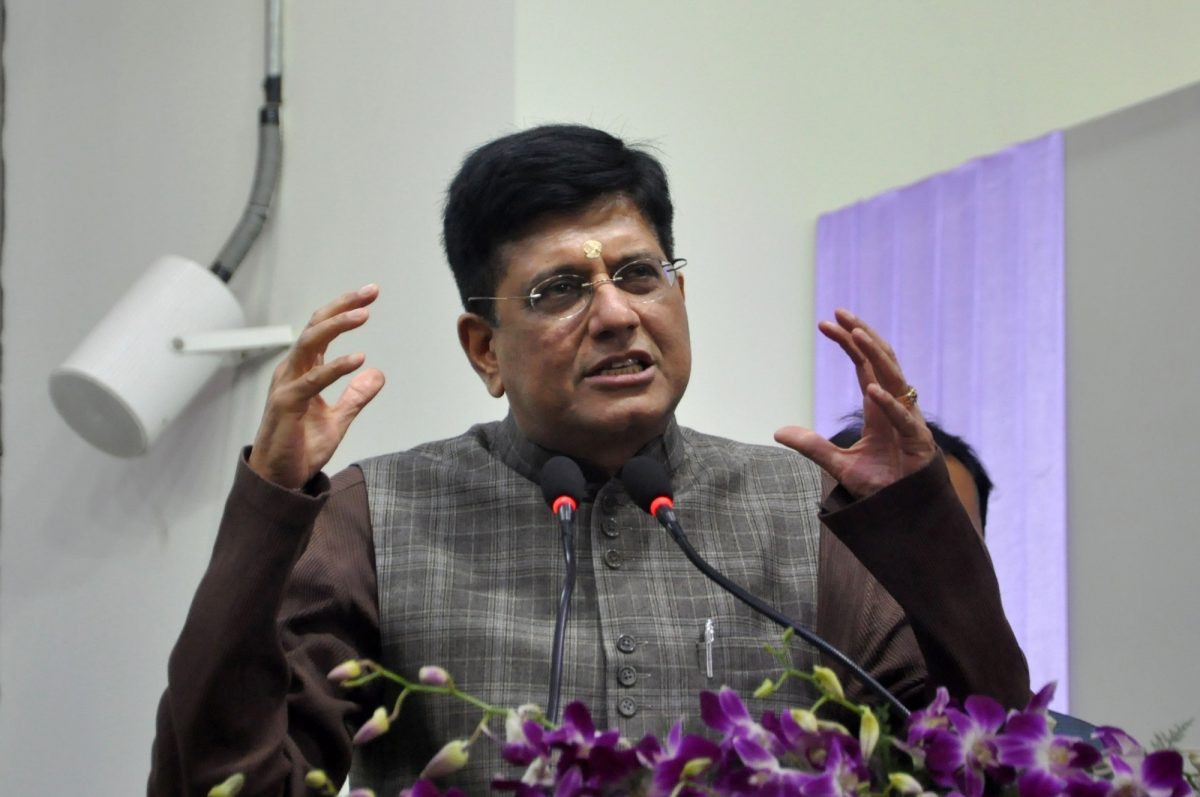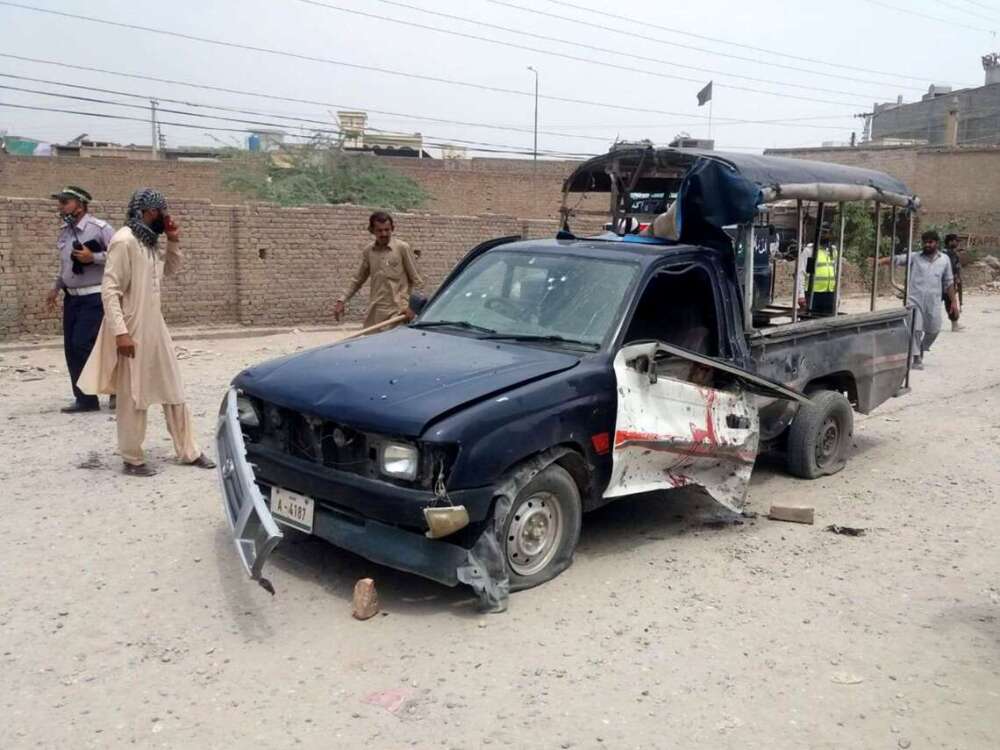In any case, New Delhi has not closed its domestic options, including reviving of the provincial status of the territory, possibly reverting to full statehood at “an appropriate time”, going by the official pronouncements…reports Asian Lite News.
Global media reports supported by security experts indicate that the Taliban 2.0 now ensconced in Afghanistan has come to control $85 billion military equipment, including 600,000 small arms, 200 planes/choppers, black hawks, night vision devices, body armours and medical supplies. Those who worked for Afghanistans defences till last month testify to these biometric details.
Most of it has come overnight, much of it for the first time and most of it from the United States that will evacuate by this month-end.
No banned organisation had this much ever in human history. It is another matter that the status of being banned may likely go, as the world wakes up to the ground realities in Afghanistan. The question now is: Who all in the whole world will pay the price for the multiple mistakes that will certainly not be confined to the hapless Afghan people.

The question is: Besides the opponents, among them the ethnic minorities, who will be the targets of this newly-acquired military might – notwithstanding dodgy assurances by the new rulers?
As one struggles to gaze beyond the horizon from ‘new’ Kabul ruled by ‘new’ Taliban with whom the governments will have to do business, sooner than later, the first point of call for the new regime, nurtured, supported and diplomatically cushioned by eastern neighbour Pakistan, is bound to be India-ruled Jammu and Kashmir.
The key point to note here is that India anticipated this – if not fully, then substantially. It had urged the US all through the recent years not to quit in haste. India had warned the Obama, Trump and Biden administrations to base all American planning and action on one cardinal point: Islamabad’s support to the Taliban. This was ignored, whatever the American compulsions.
Now that it has happened, it is, perhaps, easier to explain why India acted in August 2019 to end Jammu and Kashmir’s “special status”, annulled its political and constitutional autonomy and dissolved the state (province) itself by carving out two “union territories”, directly ruled from New Delhi.
Whether or not it was a ‘correct’ step, in keeping with the popular aspirations, or whether it was popular with the people of the erstwhile province, must now be viewed in the context of the developments in Afghanistan, or to put it wisely, the Af-Pak region.
In any case, New Delhi has not closed its domestic options, including reviving of the provincial status of the territory, possibly reverting to full statehood at “an appropriate time”, going by the official pronouncements.
But this essay is about external security threat to Jammu, Kashmir and Ladakh territories with the advent of the Taliban.2. Not to be ignored is Pakistan’s heightened campaign on the way it looks at the “Kashmir dispute” as its Foreign Minister Shah Mahmood Qureshi tours the Gulf nations and the Central Asian Republics to canvas early recognition of the new Kabul regime.
Indian security establishment avers that it anticipated what was, and is, coming. It has already begun in the shape of attempt at infiltration from across the border before the Kashmir Valley gets snow-bound.
For this, the security affairs primer is what they faced, and dealt with, when forces of the erstwhile Soviet Union had quit Afghanistan, creating a largely similar situation, three decades back, in the 1990s.
There was big spike, it needs recalling, in cross-border infiltration into Kashmir, in tandem with violence by elements drawing strength from across the border. One fall-out was that a large chunk of minority Hindus were forced to flee their homes.
It also needs recalling that after the Mujahideen gained power in post-Soviet Afghanistan, thousands of ‘veterans’ of that war, from a score of nationalities – Arabs and Central Asians, but also Uighurs, Chechens and Serbs – returned to their homes to work for a global ‘Caliphate’.
Born or strengthened in the process were ETIM in China, Islamist outfits across newly-independent Central Asian Republics, JMB and HUJI in Bangladesh and Jamah Islamia in distant Indonesia, besides a host of Salafi-Jihadist bodies in Africa. India faced the Pakistan-based LeT, newly formed Jaish-e-Mohammed and their local affiliates.
The new Af-Pak developments point to a repeat of history, especially in India. While there are fears that the Taliban takeover of Afghanistan may impact the security situation in the Kashmir Valley, there are also apprehensions that this could escalate terror-related violence in the other two Union Territories as well. There are already indications that things could heat up south of Pir Panjal and key infiltration routes in the Kashmir Valley where even a more stringent vigil has been mounted. The routes could be Poonch-Rajouri or North Kashmir. Both the areas have seen encounters taking place.
However, the Pakistan based organisations have also anticipated and planned their moves. Several of Jaish-e-Mohammed (JeM) and Lashkar-e-Taiba (LeT) operatives from Pakistan infiltrated months before the Afghanistan situation, as per Indian security forces’ assessment.
There is a definite Afghan-Pakistan link. India’s NIA says close to 1,000 Pakistani terrorists are trained at these al-Qaeda and Taliban camps located in Afghanistan’s Helmand province. Incidentally, Helmand was among first provinces to return to the Taliban control once the NATO operations began to wind down.

India’s Chief of Defence Staff General Bipin Rawathas said: “We were concerned about how terrorist activity from Afghanistan could overflow into India and so to that extent our contingency planning had been ongoing and we are prepared for that.”
However, this promises to be a complex situation affecting Afghanistan and Pakistan as well. As Akanksha Narain, an analyst with a political and risk consultancy firm in New Delhi, told DW, German media outlet, that Afghanistan could face a similar situation after the withdrawal of NATO troops to what it faced when Soviet forces departed in 1988-89.
“Mujahideen fighters until 1989 fought against the Soviet troops, then dispersed to other theaters, from Chechnya and Kashmir to the Middle East,” Narainsaid in July this year.
Now, the world should prepare for this likely eventuality.
ALSO READ-Pakistan will take help of Taliban in Kashmir: PTI leader
READ MORE-Why Kashmir is cool to Taliban?









